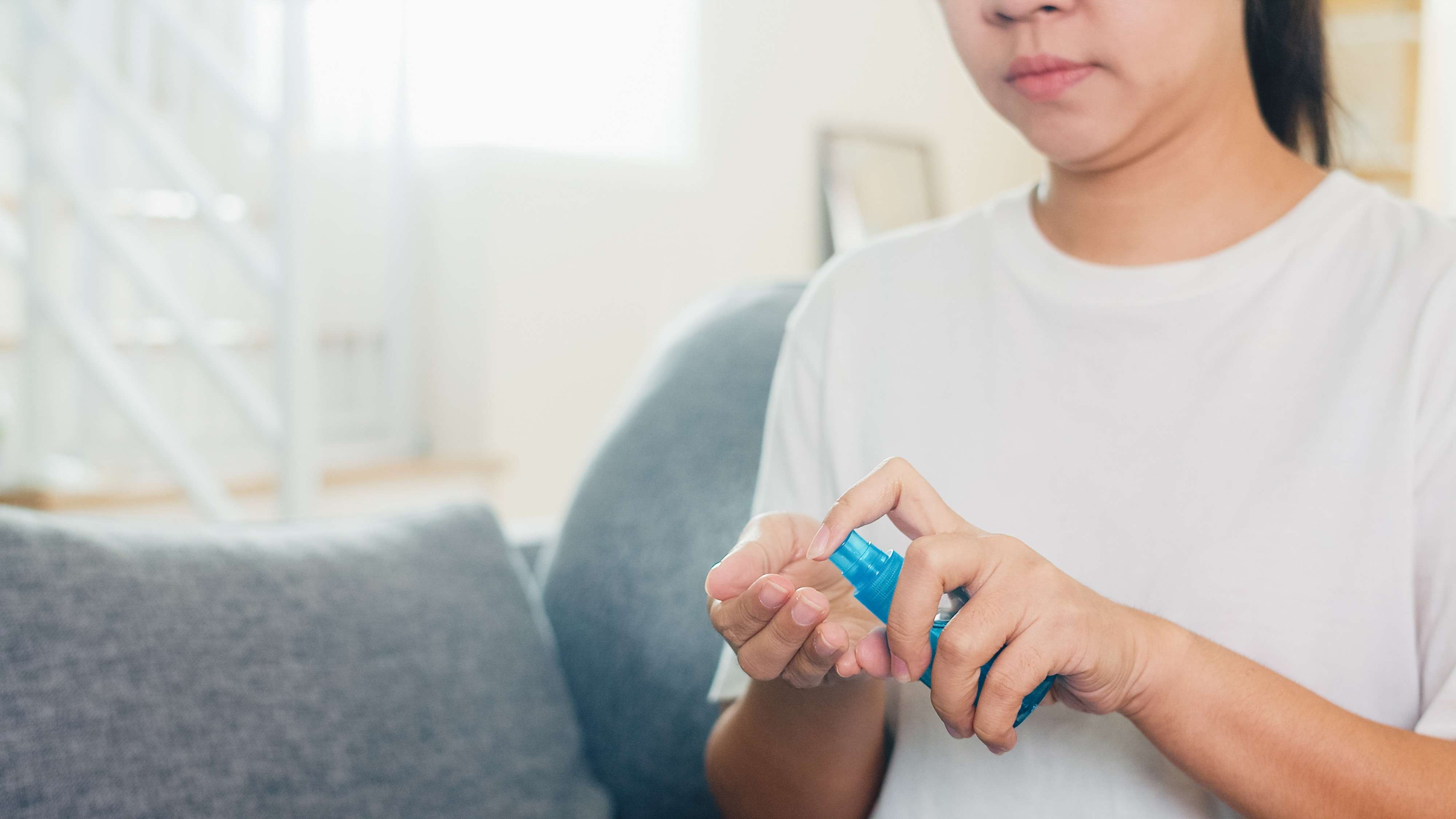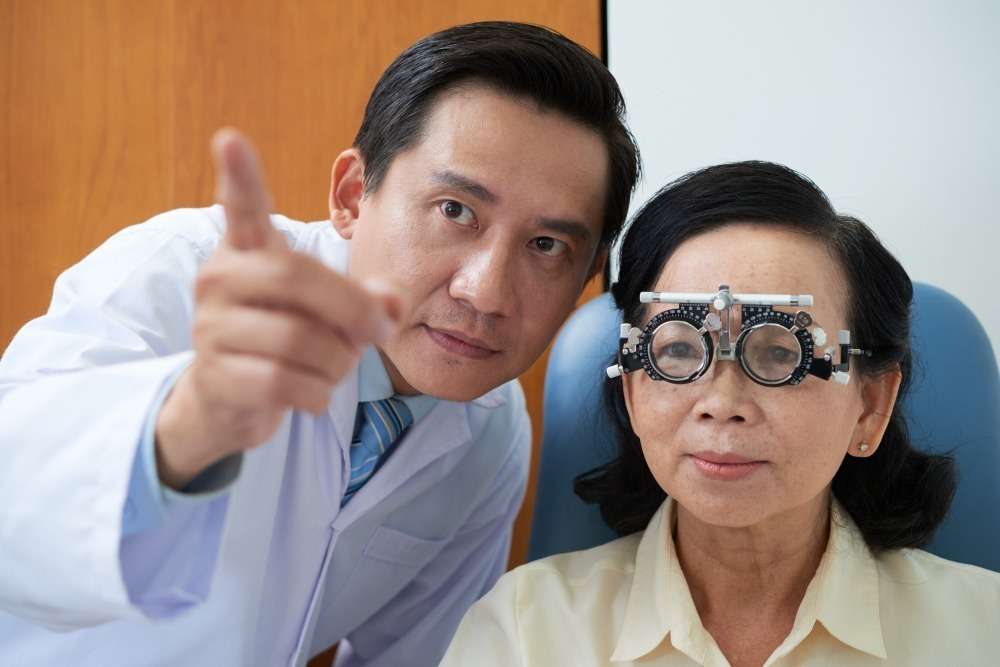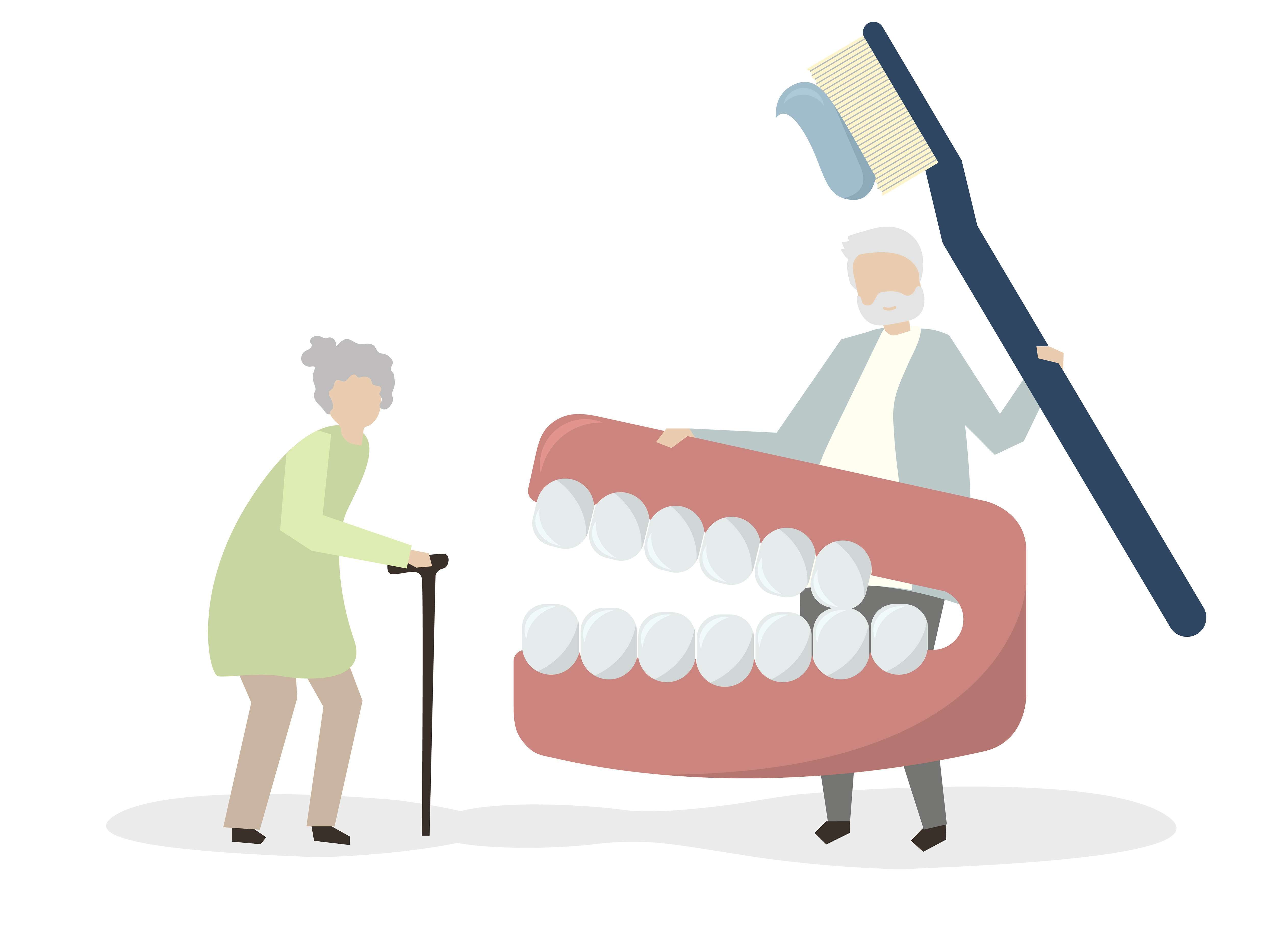Discovering that you or someone dear is battling the relentless itch of atopic dermatitis, more commonly referred to as eczema, can be overwhelming. This condition presents unique challenges for seniors, as aging naturally leads to drier and more sensitive skin. However, there is hope! This article endeavors to offer effective treatment options for eczema.

Understanding the Causes of Atopic Dermatitis
Although the precise cause of atopic dermatitis remains elusive, it is thought to arise from a blend of genetic, environmental, and immune system factors. Dysfunction in the skin barrier is a crucial element, allowing irritants and allergens to breach the skin and trigger inflammation.
Symptoms and Their Effect on Quality of Life
Symptoms encompass severe itching, red or brownish-gray patches, tiny raised bumps, and thickened, cracked, or scaly skin. These manifestations can result in substantial discomfort, disrupt sleep, and cause emotional distress.
Exploring Medications for Atopic Dermatitis
1. Topical Treatments: Steroids and Alternatives
-
Corticosteroids: These medications are the primary defense against eczema flare-ups. Applied directly to the affected areas, corticosteroids alleviate inflammation and itching. It is crucial to use the lowest effective strength for the shortest duration to minimize side effects. Adherence to your doctor’s instructions is essential—overuse can lead to skin thinning, particularly in seniors.
-
Calcineurin Inhibitors: For individuals who may not respond well to steroids or have sensitive areas affected (such as the face or neck), calcineurin inhibitors offer a viable alternative. These work by suppressing the immune system’s response that causes skin inflammation. Applying these creams or ointments twice daily can significantly diminish itch and inflammation without the adverse effects linked to prolonged steroid use.
2. Systemic Treatments: When Topical Solutions Fall Short
-
Oral Medications: In more severe cases or when topical treatments prove insufficient, doctors may prescribe oral medications. These can include antihistamines to alleviate itching, antibiotics to combat infection, or even newer biologics that target specific components of the immune system to reduce inflammation.
-
Phototherapy: This treatment involves exposing the skin to specific types of ultraviolet light. It aids in reducing itching and inflammation, boosting vitamin D production, and enhancing overall skin health. Sessions typically occur 2-3 times a week at a clinic, with a treatment course spanning several weeks to months.
3. Moisturizing Strategies: The Cornerstone of Care
-
Daily Skincare: Moisturizing is essential in managing atopic dermatitis. It helps repair the skin barrier and prevent moisture loss. Seek out fragrance-free creams and ointments formulated for sensitive skin. Applying moisturizer within a few minutes of bathing can seal in moisture, creating a protective layer that helps reduce itching and irritation.
Conclusion
Coping with atopic dermatitis can be daunting, particularly for seniors, but it is not an insurmountable challenge. With the appropriate approach, treatments, and care, you can manage the symptoms, alleviate the itch, and enhance your quality of life. Remember, what proves effective for one individual may not work for another, so it’s vital to collaborate closely with your healthcare provider to determine the optimal treatment plan for you.





